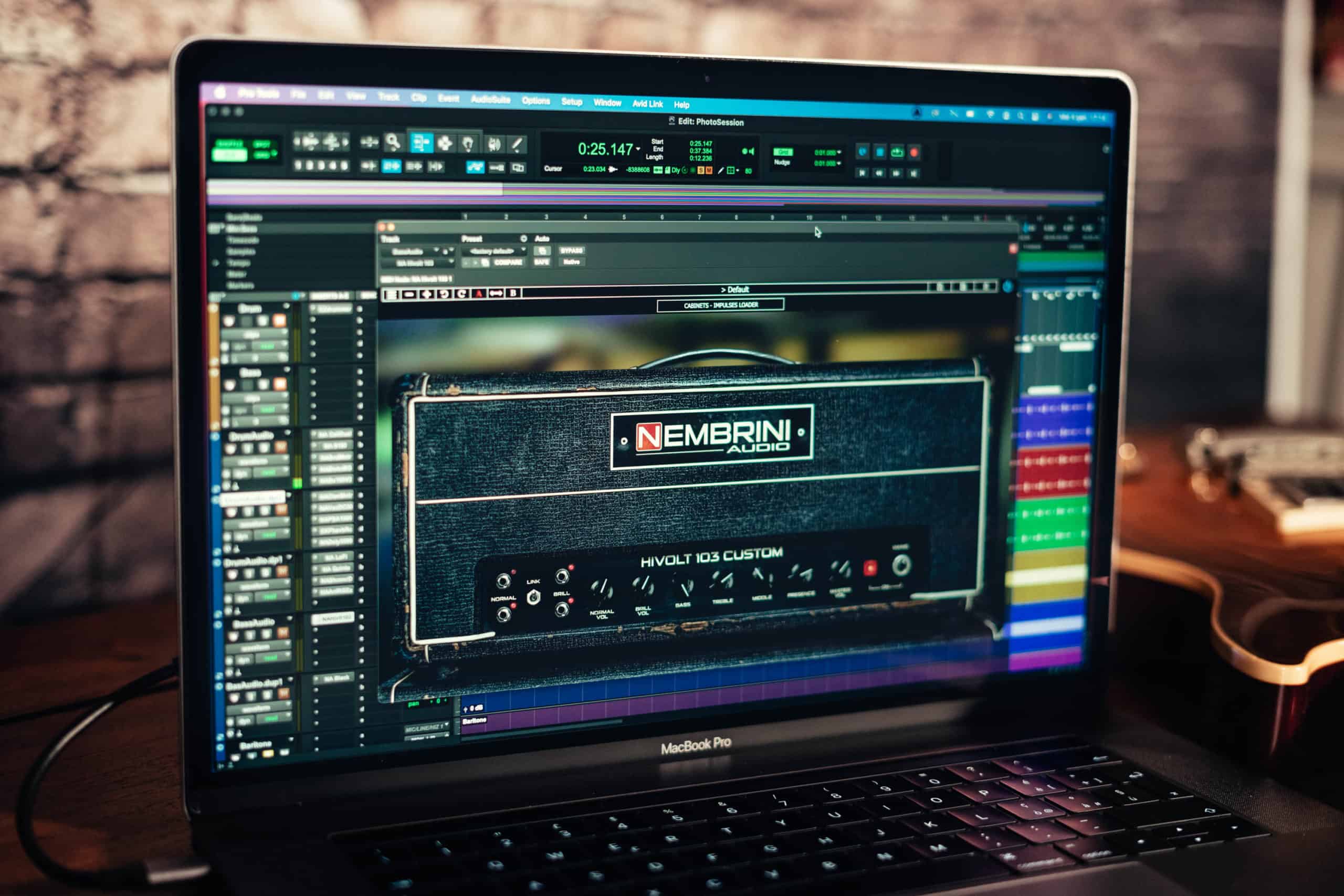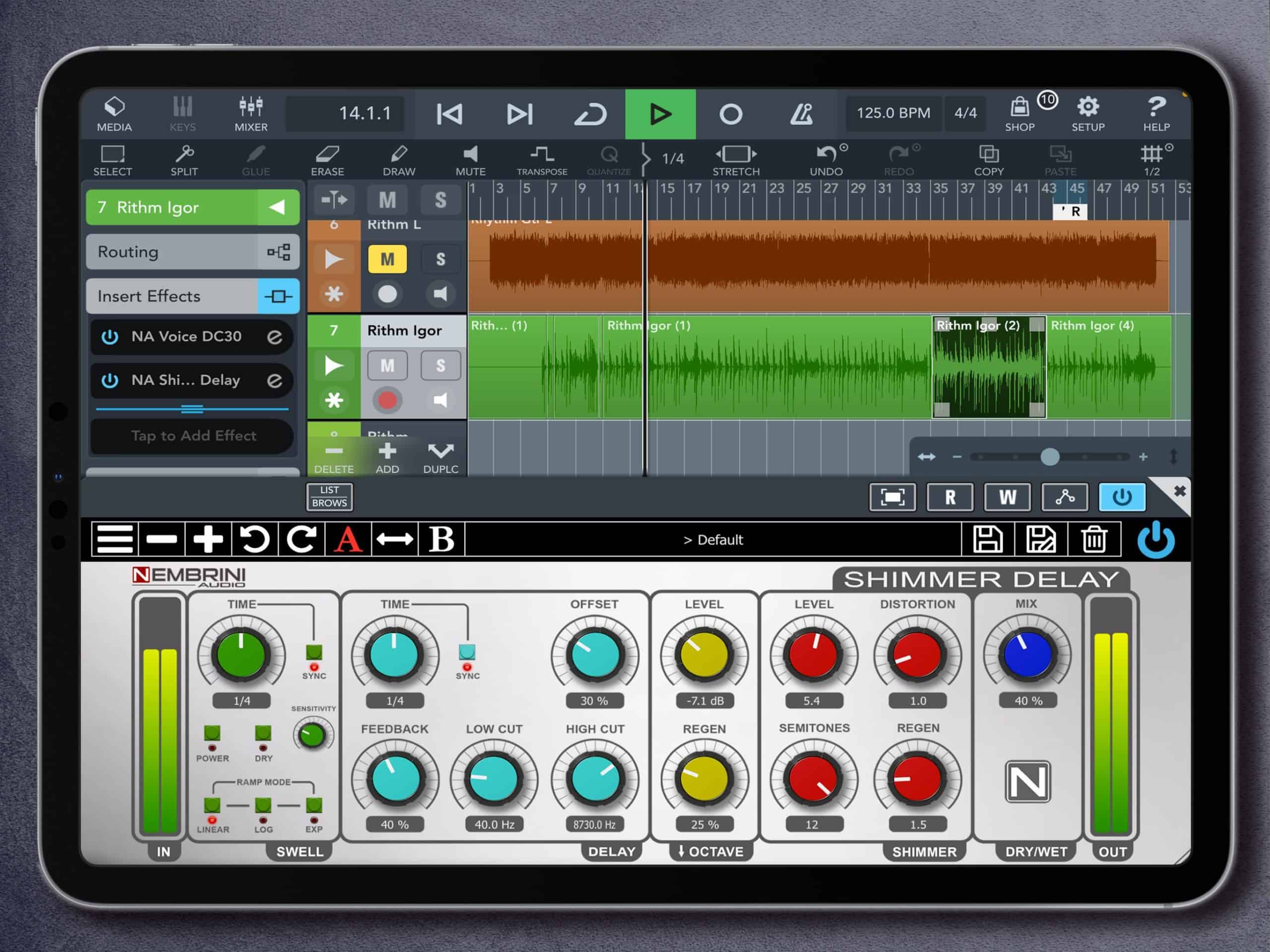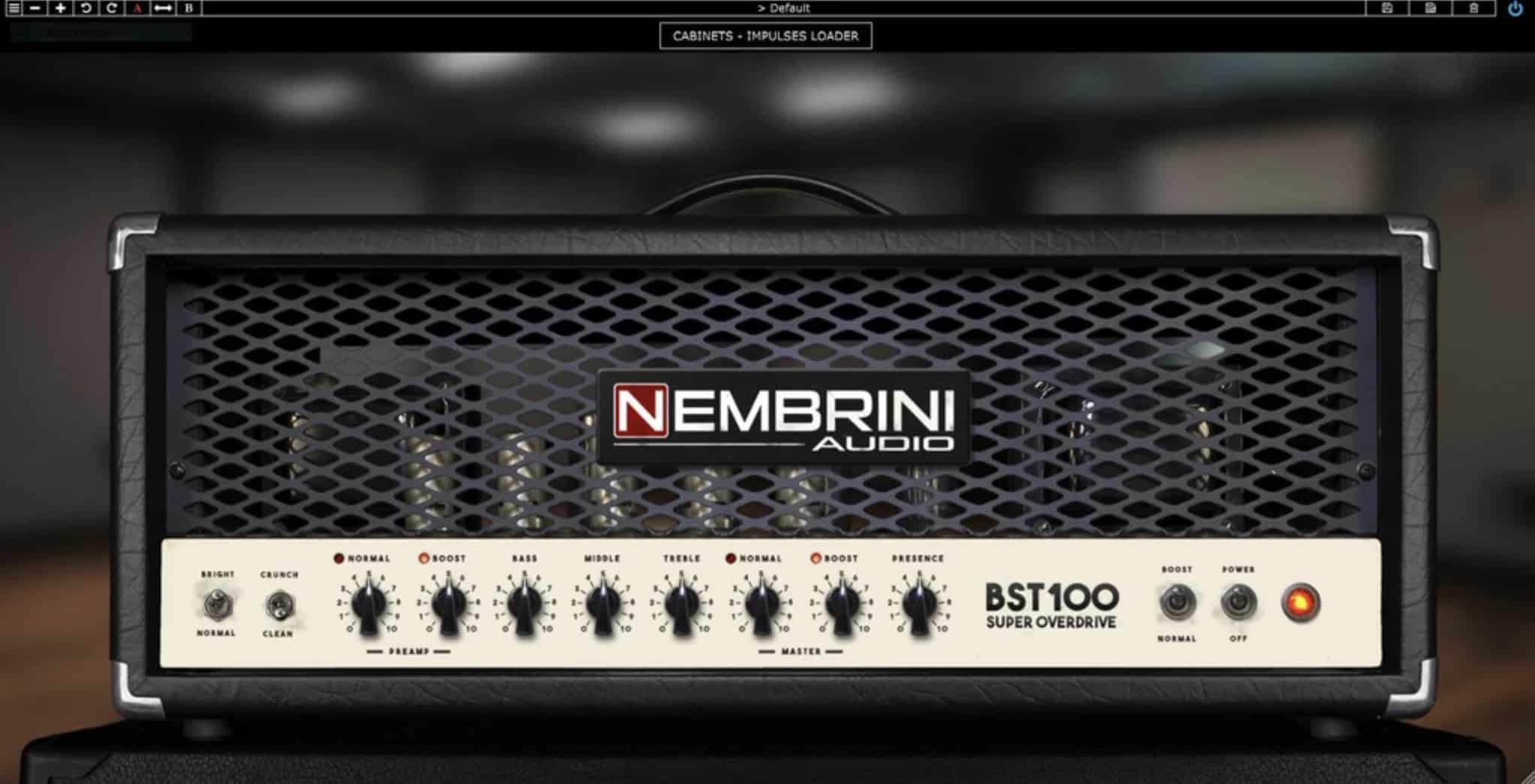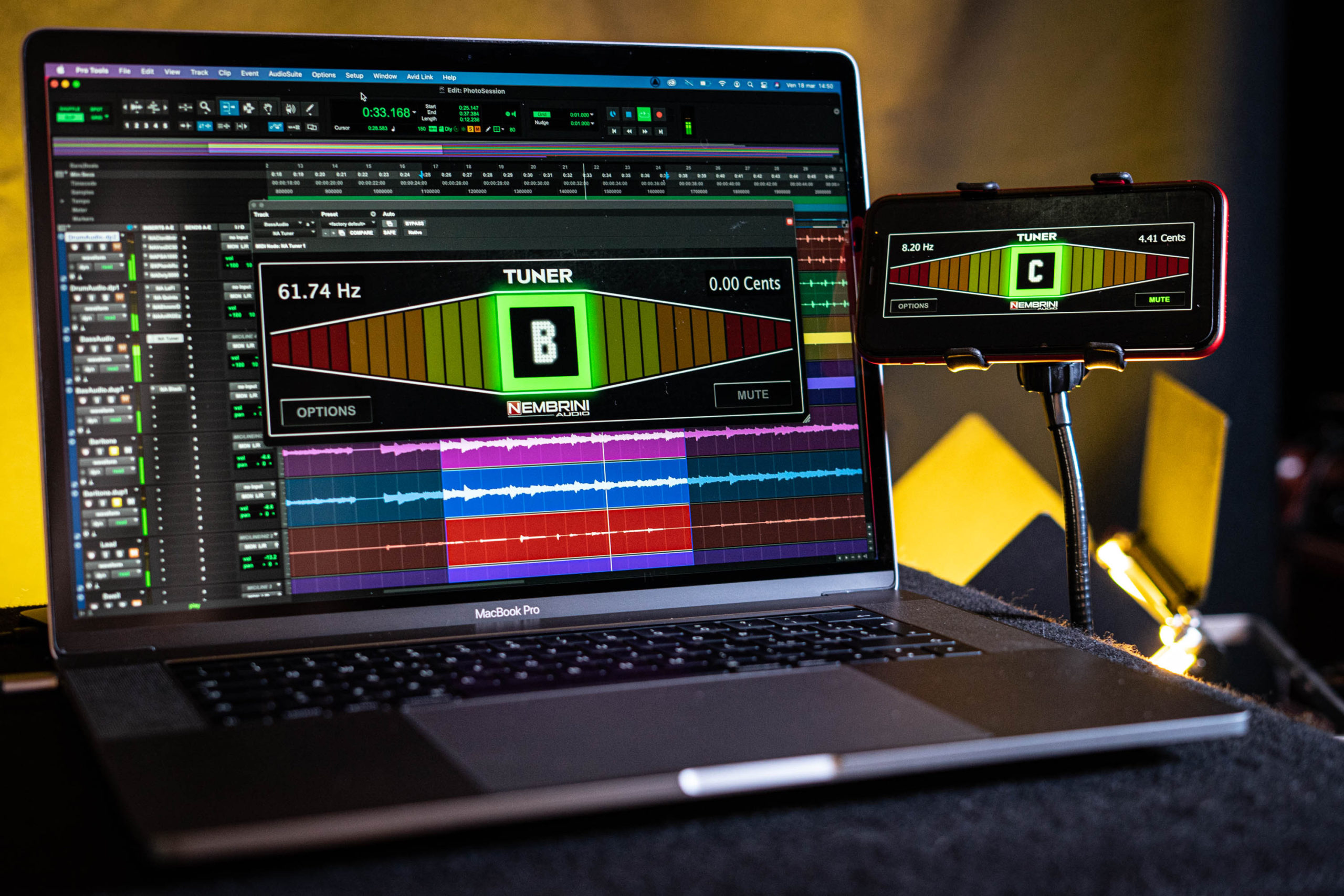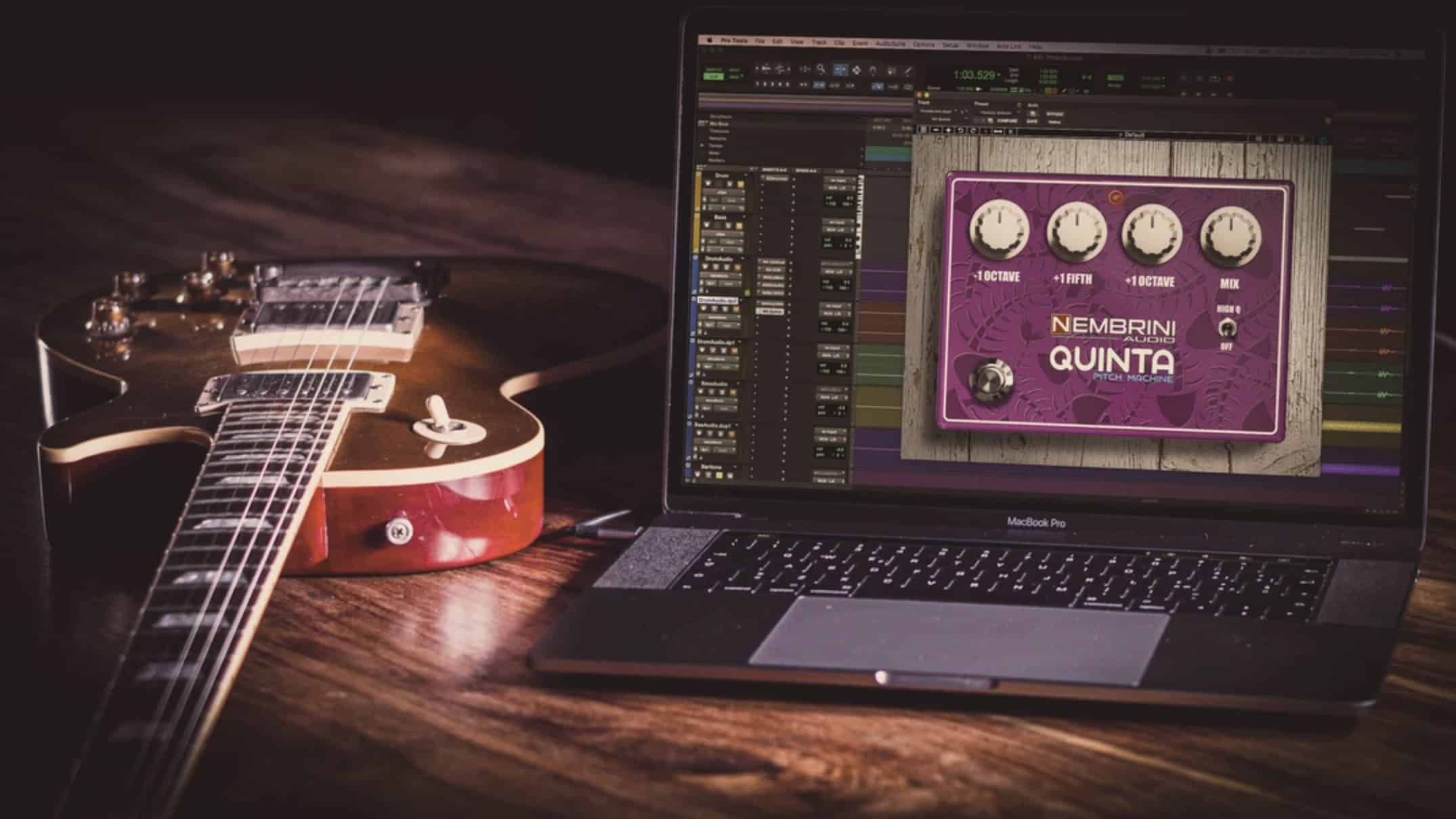You might be a guitarist who is looking for an amp that will give you a great sound without taking up too much space on your stage. You might also want an amp that will let you control all the aspects of your sound so you can get the perfect tone for your music. If that’s the case, then the Hivolt 103 Custom Guitar Amplifier Plugin from Nembrini Audio is definitely worth checking out.
Nembrini Audio Introduces Hivolt 103 Custom Guitar Amplifier Plugin
Nembrini Audio, producer of music software for modern musicians, adds the Hivolt 103 Custom Guitar Amplifier Plugin to its growing array of award-winning audio plugins and virtual instruments. The plugin offers guitarists a high-quality option for amplifying their sound with all the controls they need right at their fingertips.
Nembrini Audio, a music software company that produces equipment for current artists, has introduced the Hivolt 103 Custom Guitar Amplifier Plugin as part of its growing collection of award-winning audio programs.
The Hivolt 103 Custom Guitar Amplifier is a plugin based on the 1970s vintage Hiwatt* DR103 with an original Partridge* transformer and point-to-point wiring. This amplifier was loud, punchy, and rich in its most pure form.
A New Quality Option for Musicians
Many 70’s artists prized the ordered harmonics and distinct sounds of this amp, including David Gilmour of Pink Floyd and the Foo Fighters recently. The new plugin allows musicians to pick from six distinct guitar cabinets and four microphone sims.
This versatile and simple plugin provides two-channel amplifiers with a shared equalizer for both, four inputs (two of them on each channel), two of which are normal and one brilliant.

The two channels can be linked to greater EQ’s impact and control. It also includes an integrated Impulse Response Loader, Noise Gate, and Cleaner circuit, as well as a Bypass Mode. Nembrini’s Hivolt 103 Custom Guitar Amplifier Plugin is a classy and affordable choice for musicians and producers looking for an easy to use plugin with tonal authenticity.
Guitar Amplifier FAQs
What is a Guitar Amplifier?
A guitar amplifier will increase the volume of your guitar and produce sound that sounds great. There are many different types of amps, including tube, solid-state, solid body, hollow body (acoustic), semi-hollow body electric guitars as well as basses with active pickups or piezo systems.
What Is the Difference Between a Tube and Solid-State Amplifier?
Tube amplifiers typically have a warm, natural sound with more distortion, while solid state amplifiers are brighter with less distortion. Tube amps are also heavier and require more maintenance than solid state amps.
How Do I Know What Type of Guitar Amplifier Is Best for Me?
That depends on a few factors, including the type of music you play, how loud you want to be, and your budget. There are many different types of guitar amps available, so it’s best to do some research to find the one that is right for you.
What Are Some Common Features of Guitar Amplifiers?
Many guitar amplifiers include features like an equalizer, reverb, and chorus to help you shape your sound. Some amps also have built-in effects pedals, which can add a variety of sounds to your music. Others include auxiliary inputs for plugging in a CD player or other devices so you can jam along with your favorite songs.
What Is the Difference Between a Guitar Amplifier and An Acoustic Amp?
Acoustic amps are designed to amplify the sound of acoustic instruments like guitars, while electric amps are specifically made for amplifying electric guitars. The best choice depends on what type of music you play and how much power you need from your amp. You can use either one for practice or performing live at venues with other musicians.
What Is the Difference Between a Combo Amp and Head/cabinet System?
A combo amplifier combines both the head (the power source) and cabinet (the speakers) into one unit that can be transported as a single piece. It’s ideal if you plan on playing small gigs where lugging around heavy equipment isn’t practical or want something portable to travel with. A head and cabinet system allows you to mix and match different cabinets and heads to get the perfect sound for your setup. You can also upgrade your amp down the line by changing out just the head or cabinet.
How Do I Connect My Guitar Amplifier?
Most guitar amplifiers have a ¼” input for connecting your electric guitar, as well as a ⅛” auxiliary input for plugging in other devices like a CD player or drum machine. Some amps also have RCA inputs for connecting components like a TV or computer. There are usually two channels, each with its own volume control, so you can easily adjust the level of each instrument independently. The most common output is an XLR connector, which is used to send the signal to PA speakers or recording equipment.
What Is an Effects Loop?
An effects loop is a feature that allows you to plug in external effects pedals and processors between the preamp (where gain and tone controls are located) and power amp of your guitar amplifier. This lets you add extra distortion, reverb, chorus or other sound-altering tools after all of the other components have had their say but before they reach your ears as part of the final mix.
How Do I Use My Guitar Amplifier with Headphones?
Most modern amplifiers have a ¼” headphone output for connecting headphones directly into the unit itself, so you can play without disturbing others around you. If there isn’t one built into your amp already then check out our selection of headphone preamps, which can be used with any amp that has a standard ¼” output jack.
What Is the Difference Between Tube and Solid State Amps?
Tube amplifiers have a warm sound with more distortion, while solid state amplifiers are brighter sounding and produce less distortion. Tube amps also require more maintenance than solid state amps because their components need to be replaced every few years or so (depending on how often you use them).
How Do I Know What Kind of Amplifier Is Best for Me?
That depends on several factors including the type of music you play, how loud you want to be, and your budget. There are many different types of guitar amps available so it’s best to do some research before deciding on one. You can check out our guide to choosing the right guitar amp for more information about how they compare with each other and what kind might work best in your situation.
What Is the Difference Between a Tube and Solid State Amplifier?
Tube amps produce warm sound and have more distortion, while solid state amplifiers are brighter sounding and produce less distortion. Tube amps also require more maintenance than their counterparts because their components need to be replaced every few years or so (depending on how often you use them).

